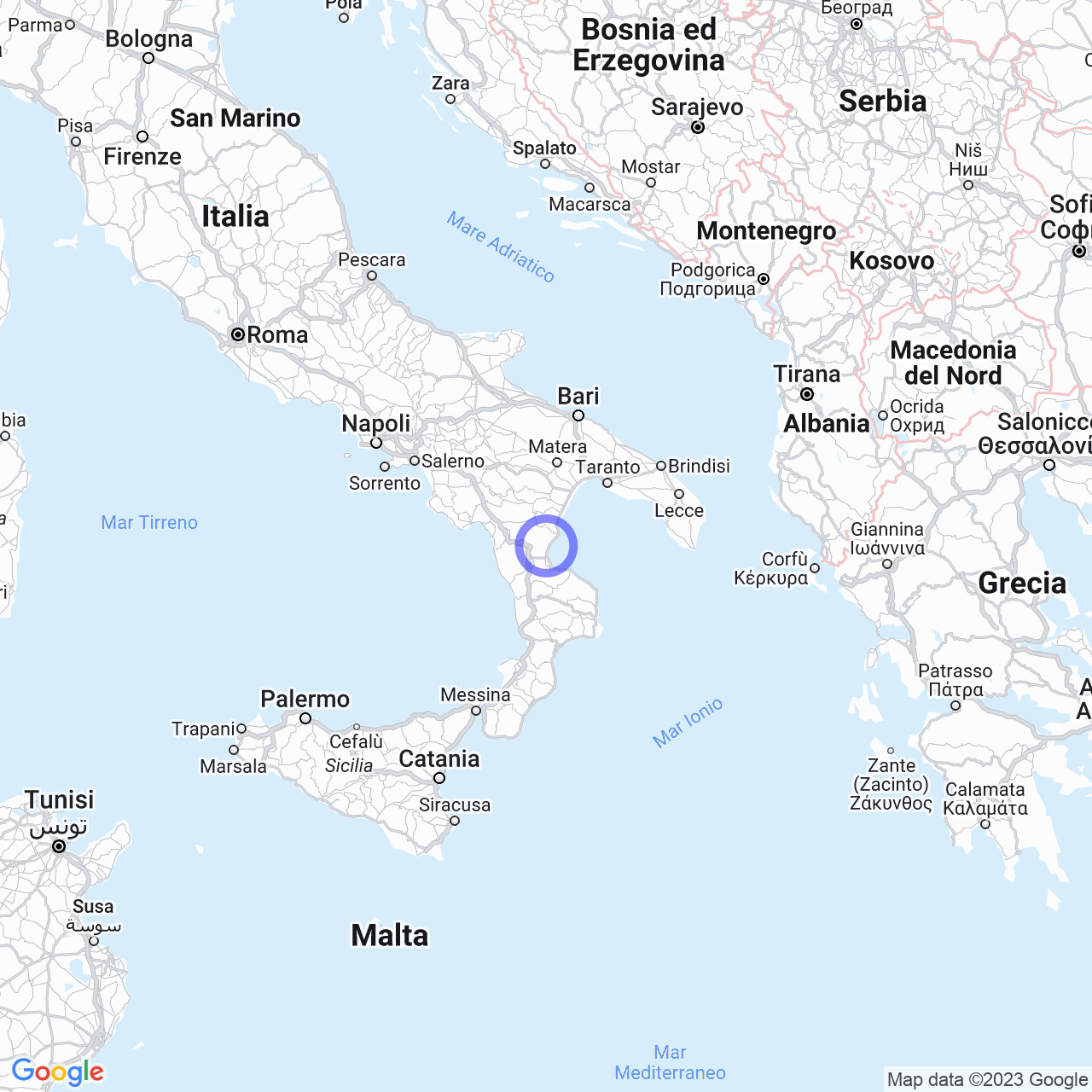Villapiana
Discover Villapiana: a city full of history and culture
If you're looking for a tourist destination off the beaten path, Villapiana, in the province of Cosenza, could be the ideal place for you. With its little more than 5,000 inhabitants, this town is a paradise for history and culture lovers, as well as for those who love nature and relaxation.
Physical geography
The territory of Villapiana is varied and interesting. Crossed by the Saraceno and Satanasso streams, it is divided into two fractions, Lido and Scalo, and four districts: Catusi, Rossi, Ponticello, and Garamma. But the place is also known for its mild climate, influenced by the plain of Sibari and the Pollino massif, which protect the town from northerly and easterly winds. The Sila range shields the town from southeast currents, while the air coming from the Balkans is heated by the nearby Salento.

A brief historical overview
Villapiana has ancient origins dating back to Magna Graecia, when it was known as Leutermia. In the 9th century, it was destroyed by the Saracens together with Blanda and Cirella. Around 1300, the village was rebuilt and took the name Casalnuovo, which it retained until 1863 when it was renamed with its current name.
During the feudal period, the castle in the city housed the feudal lords governing the small town. In the 16th century, the Sanseverino of Salerno assumed the role of lords of Casalnuovo. In that same period, a defensive tower was built by order of Charles V. In 1551, Marco Antonio Sanseverino built, not far from the town center, the Capuchin convent composed of eleven cells with a small church dedicated to the Immaculate.
Subsequently, the Pignatelli family, dukes of Bellisguardo, took power in the 17th century. After the extinction of the family, the fief of Casalnuovo merged with that of Cerchiara. The Pignatelli heirs maintained the ownership until the abolition of feudalism.
Places of interest
Villapiana offers several tourist attractions for those who decide to visit the city. Among the many, the Church of Santa Maria del Piano is a true treasure trove of art and architecture. Built between the 12th and 14th centuries in the Gothic style, in the 17th century it underwent Baroque style modifications. The Convent of San Francesco, dating back to the 16th century, is another must-see for history and art lovers.
There is also no shortage of the Church of the Most Holy Rosary and the Convent of Saint Anthony, constructions of great historical and cultural value. But Villapiana also boasts a treasure from its historical era: the Tower of Capo Saraceno, which was part of the coastal tower system of the Kingdom of Naples. Built of stone and mortar, it has a tapered cylindrical shape at the top, where it ends with a merlon cornice; the upper crowning is supported by arches and corbels in Aragonese style.
Villapiana, a perfect holiday destination
In summary, Villapiana is a jewel located between the mountains and the sea, with an important history to tell. Thanks to its strategic location, this town will allow you to enjoy the relaxation of the countryside, the fabulous sea of the Ionian coast, the art and culture that characterize this place. A paradise of natural and historical beauties ready to be discovered. In short, there's nothing better to spend a vacation full of fun, relaxation, and culture. There's no doubt about it: Villapiana deserves to be visited!
